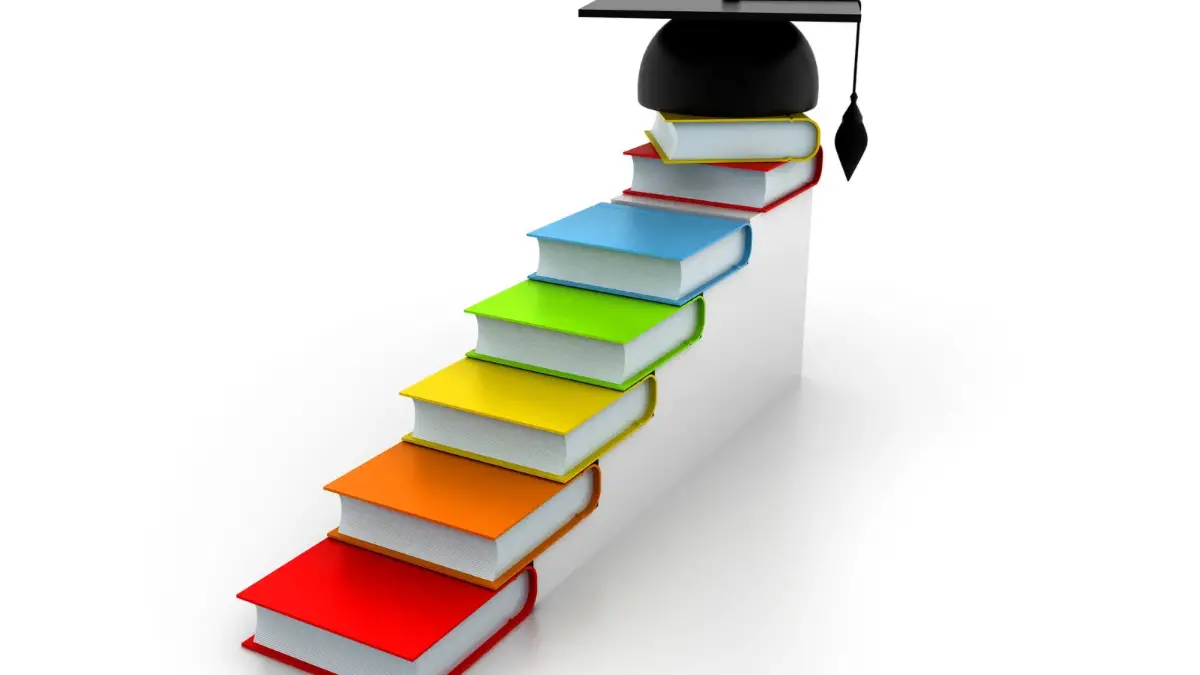In 1983, Nigeria adopted the 6-3-3-4 system of education to address the educational demands of its citizens. It will also provide a means for such individuals to be self-sufficient. About twenty-five years later, a new system of education was introduced, with a curriculum designed to achieve one of the Millennium Development Goals (MDGs) of 2020.
This new system is referred to as the 9-3-4 system of education, otherwise known as Universal Basic Education (UBE). This transition has a lot of limitations, such as inadequate funding, lack of experienced personnel, and materials. In this article, I aim to discuss what the 6-3-3-4 system of education is, what the 12-4 system is, challenges of the adoption of the 12-4 system of education, the limitations, as well as the key features.
What is the 6-3-3-4 System of Education?
This system consists of six years of primary education, where the foundation of future learning is laid, three years of junior secondary, where students are groomed for higher secondary education. Here, students are taught prevocational studies, social studies, amongst others, three years of senior secondary education- here the students are groomed for the tertiary institution, and a minimum of four years in the tertiary institution for their tertiary education.

What is the 12-4 System of Education?
In early 2025, the Nigerian government proposed the adoption of the 12-4 system of education. This proposed system of education consists of twelve years of basic education before advancing to a tertiary institution, which should be a minimum of four years. So, instead of having primary and secondary education, it is twelve years of basic education before proceeding to a tertiary institution. According to the Minister of Education, “The introduction of a seamless 12-year basic education model will ensure that students are adequately prepared before transitioning to higher education.”
The adoption of this new system means the following:
1. Improved Skill: The gap in skills in the labour market may be bridged by offering pupils early experiences that promote entrepreneurial and vocational abilities. The expansion of basic education may provide students with the basic information and abilities for the workforce and further study.
2. Reduction in the rate of dropping out: The implementation of this system aims to provide education for students up to age 16. Through this, dropout rates caused by systemic and financial barriers will be drastically reduced.
3. Economic and Social development: The adoption of this system of education ensures that there is a great population of educated individuals in the society. This will contribute to national development.
Key Features of 12-4 system of Education
1. It combines primary and secondary education. This means that all Nigerian children must complete twelve years of education before proceeding to a tertiary institution.
2. It aims to prepare students for the workforce and tertiary education
3. It aims to reduce the dropout rate of dropouts in society
4. It strives to improve the standard of learning for students by providing a stable system that will reduce the effect of financial strains on the guardians and parents of students.
5. It would help to ensure uniformity of the curriculum. This way, we won’t have students say that their primary education stopped at basic five or six.
6. It would ensure that students have a complete education. This way, no class may be skipped, e.g., skipping from basic four to secondary school.
Challenges of Implementing the 12-4 System of Education
1. Lack of Infrastructure: Many public schools are overcrowded, even with the 9-3-3-4 system of education. The implementation of the 12-4 system would put a lot of pressure on the available infrastructure. The lack of basic resources, such as sufficient classrooms, libraries, and learning materials. Also, most schools lack the resources to cater to children with special needs.
2. Inadequate funding: The Nigerian education system has a history of suffering due to inadequate funding, leading to poor infrastructure, lack of teaching aids, and unpaid teachers’ salaries. Mismanagement of funds meant for schools is also an issue.
3. Inexperienced Personnel: There may be a shortage of experienced staff due to unpaid staff salaries, poor school facilities, and a lack of career advancement opportunities for staff in most public schools.
4. Potential for burnout: A longer education period may cause the students to gradually lose interest in education, thereby reducing academic performance.
Solution to these Problems
- The Government should provide infrastructure for schools, especially for public schools. If the 6-3-3-4 system doesn’t need infrastructure at all, the 12-4 dies because students would be in school for longer periods, compared to the 9-3-3-4 system, where there are different levels. Classrooms should be well equipped; libraries should have books, and teachers should be well paid.
- A special budget should be created for education and funds should be properly disbursed for what it is meant for. The Government can also partner with private institutions and organizations for funding.
- Experienced staff should be recruited, and training should be made available for such staff. Learning never ends, even for staff, and so the Government should organize regular and periodic training if such.
- Seminars and workshops may be conducted periodically to boost motivation among students so as to encourage them to study. Scholarships should also be awarded to students in order to support their dreams of going to tertiary institutions.
Having discussed the limitations and benefits of adopting the 12-4 system, most sources disagree with this system of education. The success of the implementation of this proposed system depends on many factors, which have been listed above. But is the adoption of this new system the way forward? Having discussed the ways by which it can be effectively implemented, are we certain that it would solve the underlying issues? In the 6-3-3-4 system of education, most student have the opportunity to learn a trade after the Junior WAEC exams. Would the adoption of the 12-4 system allow for that?







